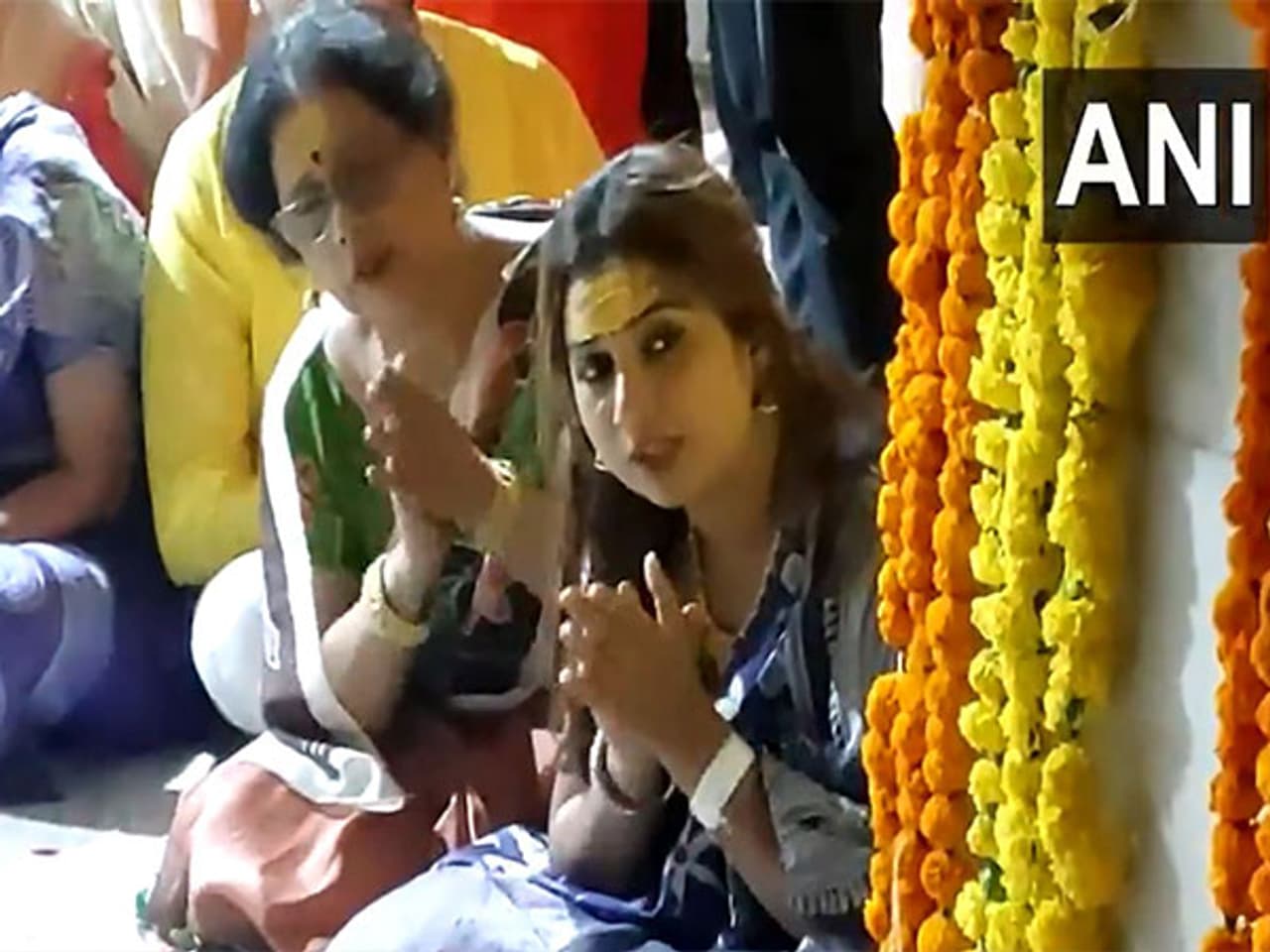Why coconuts are smashed and prasadam is shared: Temple rituals demystified
We call coconuts by many names like Narikelam and Tenkay. Coconut water is very good for health. It provides the body with necessary vitamins and minerals and instantly reduces body heat. Coconut water is used for drinking. In addition, coconuts are worshiped and broken for the gods near and within temples. Let's find out why this is done, what happens to those who don't do it, and since when this tradition has been around.

Mahakaleshwar temple
In Hinduism, the coconut is the only fruit or nut used to represent the three deities Brahma, Vishnu, and Maheshwara. According to mythology, when Vishnu descended to earth, he brought Lakshmi, the coconut tree, and the Kamadhenu cow for the welfare of mankind. In addition, the parts of the coconut have symbolic meanings. The white grain represents Goddess Parvati, and the coconut water is associated with the holy Ganges River. The brown shell represents Kartikeya, according to the Puranas.

The practice of breaking coconuts is very important in Hindu culture and traditions. It is related to faith, astrology, and religion. Coconuts are broken when performing any puja, at the beginning of a new endeavor in life, job, or business, and before an important event. Some believe that doing so brings the blessings of those deities and removes obstacles.
Now, the answer to the question of what happens if you don't break a coconut in the temple is... nothing happens. But from a spiritual point of view, breaking a coconut is a tradition, but it is not mandatory. It can be said that nothing happens if you don't break a coconut in the temple, because mind, faith, and honesty are important in devotion. In addition, this ritual is performed because many people believe that 'all our egos will be shattered like a broken coconut'.
Attukal Bhagavathy Amman Temple
Moreover, immediately after breaking the coconut, the water is sprinkled aside. It is also believed that doing so removes our sorrows, obstacles, and sins with the grace of Ganesha. Just as the white part of the coconut comes out when the coconut is broken, our soul becomes pure when our ego in the temple of God is destroyed, and the philosophy behind adding coconut shavings reveals this.
Some people break coconuts according to numbers. If you want to succeed in your intended or ongoing endeavor without any obstacles, breaking a piece of coconut for children who are on the path to overcoming obstacles will bring good results.
Elders say that those who want to move forward in their careers and those who are suffering from illness should break three coconuts into pieces for their children. If you want to move forward in your studies, breaking five coconuts to help your child gain knowledge will bring great results. It is said that worshiping Pillayar by breaking seven coconuts will help to get rid of long-standing debt problems and gain peace of mind.
It is believed that women who do not have children will be blessed with children if they break 9 coconuts every Wednesday for 9 consecutive weeks and offer them to the deities. As everyone has their own beliefs, the ritual of breaking coconuts continues according to customs.
Singaravelan
As for Prasadam, Prasadam is distributed in many temples. The meaning of placing items in front of God is 'I am offering this item to many people in your presence'. That is, the ultimate purpose of Prasadam is to give what God has seen to many people, and this custom has been followed since ancient times, believing that God will bless what is offered.